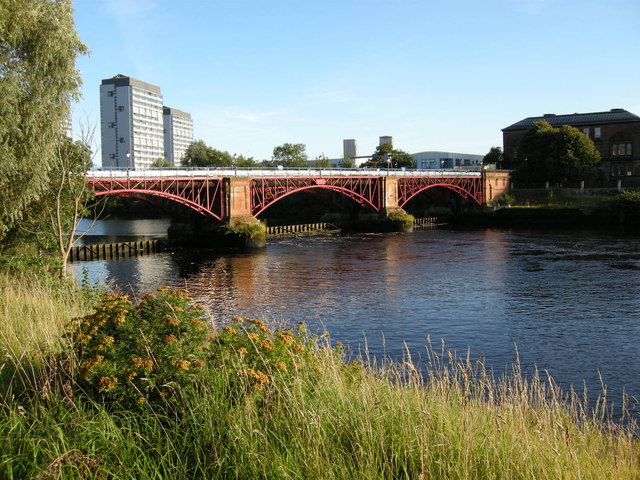2022 Award winners: Strathclyde
This series features our 2022 Award winners. This month, we hear from the University of Strathclyde.
What does it mean to you to win the award?
It is helpful and rewarding to have our work recognised by ISCN, our international peers. The vision that we created and shared with a host of stakeholders backed up by the whole systems approach and the technical work we have led has helped build a strong base for this climate-neutral vision to be delivered. It is exciting work we are leading and there is much more to do but this sort of recognition by ISCN is both valuable and reassuring that we are on the right path. For instance, reimagining the River Clyde as a heat source and creating a climate corridor along High Street, the original birthplace of Glasgow is innovative and inspirational. We see opportunity for our students and research and teaching staff to become more involved as we move forward in delivering the vision and helping put people at the centre of climate action and social inclusion.
What’s next for your project: “Climate Neutral Glasgow City Innovation District”?
Phase 2 of the project kicked off with a workshop held in early August. More detailed technical work is now underway with more to follow. We have recruited members for a Task Group to help steer the project and to signal positive intent to the market that there is a coherent and committed group leading this work. All of this work will continue to be coordinated at this stage by the University and the governance will be via Sustainable Glasgow Board, chaired by the leader of the Council, Susan Aitken.
Do you have any advice for those working on “Partnerships for Progress”?
I would encourage a strong and clear vision, and a strong and determined set of partners and a network that can come together with a shared purpose. In this case, a climate-neutral district that meets a range of societal needs and which will directly benefit people. Try and bring the vision to life and make it accessible for those involved. Make it as real as possible; align it with policy; and make it data-led and evidential of course.
Photo: Pipe Bridge and Tidal Weir, River Clyde cc-by-sa/2.0 – © Richard Sutcliffe – geograph.org.uk/p/4795538
